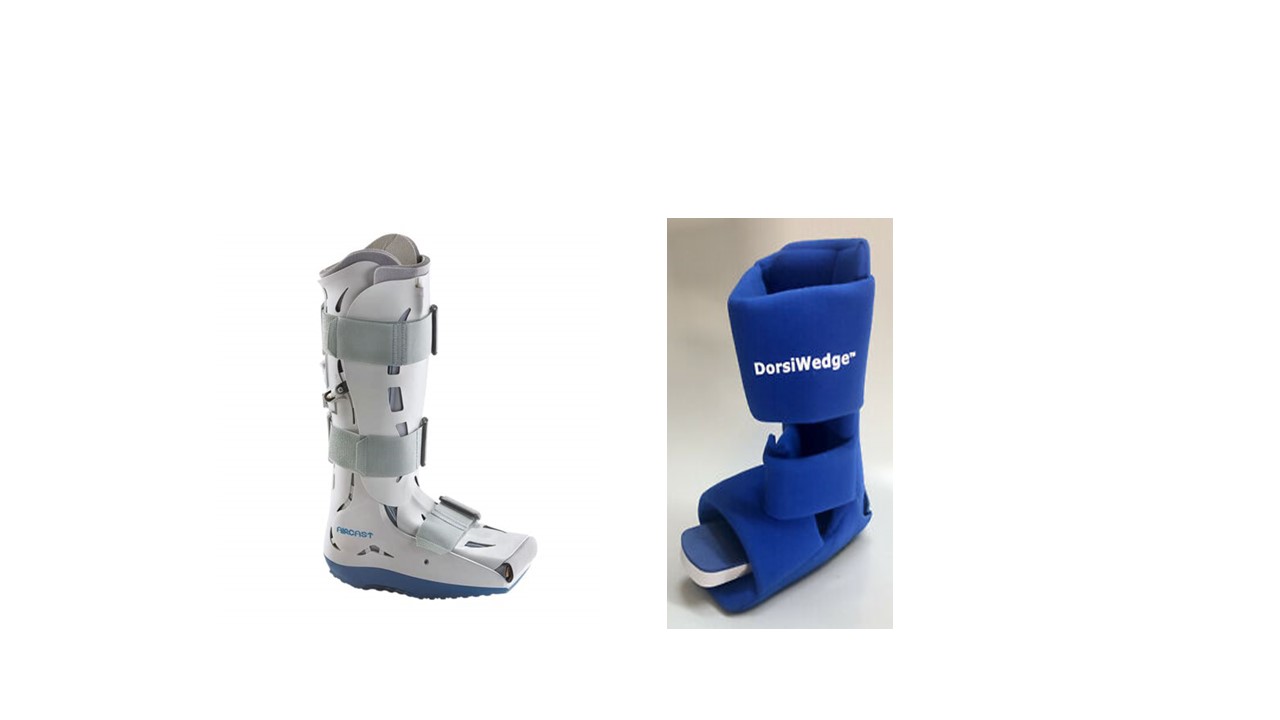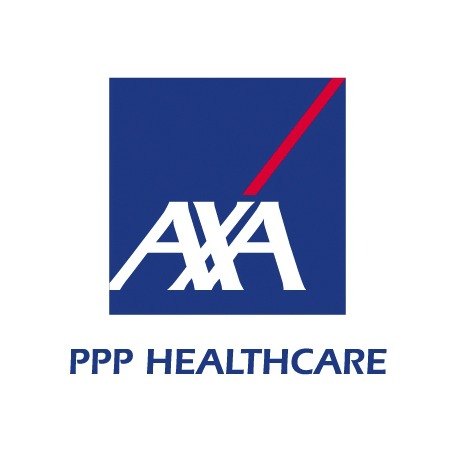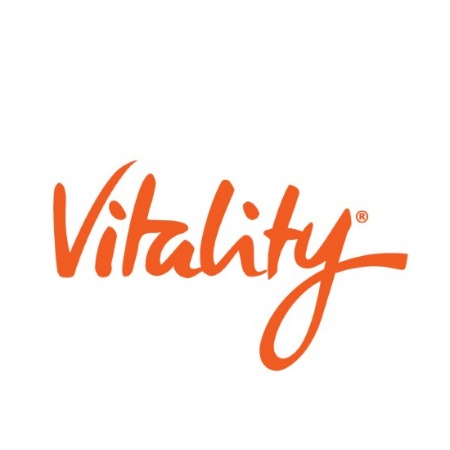- Ankle Arthritis
- Anterior Ankle Impingement and Bone Spurs
- Posterior Ankle Impingement and Os Trigonum
- Ankle Fracture
- Ankle Instability
- Ankle Syndesmosis Injury
- Osteochondral Lesions of the Talus (OLT)
- Tibialis Posterior Tendon Dysfunction
- Plantar Fasciitis
- Hindfoot Arthritis
- Lesser Toe Deformity
- Achilles Tendon Disorders
- Achilles Tendon Rupture
- Peroneal Tendon Disorders
- Calf Strain
- Ganglions
Calf Muscle Strain
What is it?
A muscle strain is what happens when you exceed the deformation threshold of muscle fibres causing them to tear. The gastrocnemius muscle is commonly strained during exercise resulting in pain, local tenderness and swelling in the muscle-belly where blood accumulates, forming a haematoma.
What is it caused by?
The gastrocnemius is the bulky muscle that makes up most of your calf. It is torn when loaded under maximal stretch. As the muscle takes its origin above the knee joint and forms part of the Achilles tendon, the mechanism of injury is ankle hyper-dorsiflexion with the knee fully extended.
Symptoms
Pain in the calf is almost immediate, causing a limp and inability to continue exercise. Most tears occur in the inner (medial) head of the gastrocnemius muscle. Swelling due to accumulation of haematoma within the muscle is more gradual. Stretching of the muscle becomes more painful and there may be some bruising that emerges over several days.
Diagnosis
Clinical examination alone is usually enough to diagnose this condition. It is important to ascertain that the Achilles tendon beyond the muscle is still intact by assessing the tendon contours and whether the Achilles tendon itself is tender. With a gastrocnemius strain, most of the muscle remains intact and attached to the Achilles tendon and gently squeezing the calf will cause the foot to passively plantarflex- a test known as Simmond’s test. Where there is uncertainty about the level of injury, an ultrasound scan is a very useful diagnostic test.
Non-Surgical Treatment
An acute calf strain will benefit from rest and immobilization in a walker boot. This will guard against continually stretching the torn muscle and allow walking. A graduated elastic compression stocking will support the injured muscle belly and also improve pain. Cold compresses, simple oral pain-killers (paracetamol) or an anti-inflammatory (ibuprofen) can also help.

During rest periods and when sleeping it is advisable to wear the walking boot or change to an AFO (ankle-foot-orthosis) night-splint to maintain a degree of stretch on the healing gastrocnemius. This should help avoid later problems associated with having a tight, non-compliant calf muscle.
It is important to try and weight-bear when recovering from a calf-strain. If during the 2-3 days after the acute injury this is too sore then crutches may be needed. Non weight-bearing and calf immobilization increases the risk of deep venous thrombosis (DVT) and it may be appropriate to commence prophylactic treatment for this.
After two to three weeks treatment of the acute injury, physiotherapy may commence to begin stretching the calf using eccentric exercise drills, strengthening the gastrocnemius using Therabands, progressing to leg-presses and aiming to obtain a single heel-raise push-off by 6-8 weeks.
Crampiness and tenderness within the muscle belly is not uncommon during rehabilitation and deep tissue massage using topical anti-inflammatory gels can be very useful to overcome tension in the muscle.
Surgical Treatment
There is no role for surgery in the acute phase of a gastrocnemius injury, provided there is certainty that the Achilles tendon, lower down in the leg is intact.
A problematic sequel to a gastrocnemius tear, is persistent contraction due to the formation of scarring in the muscle. This can cause excessive forefoot-loading and is associated with the development of a whole host of forefoot inflammatory conditions such as bursitis and neuromas. Gastrocnemius tightness is also implicated in the development of hammer toes and hallux valgus (bunions).
Occasionally, it therefore becomes necessary to undertake a surgical lengthening of the calf. We don’t actually cut the muscle fibres but rather divide the unyielding overlying membrane (the fascia) covering the muscle through a small incision behind the knee - a procedure known as Proximal Medial Gastrocnemius Recession (PMGR).





